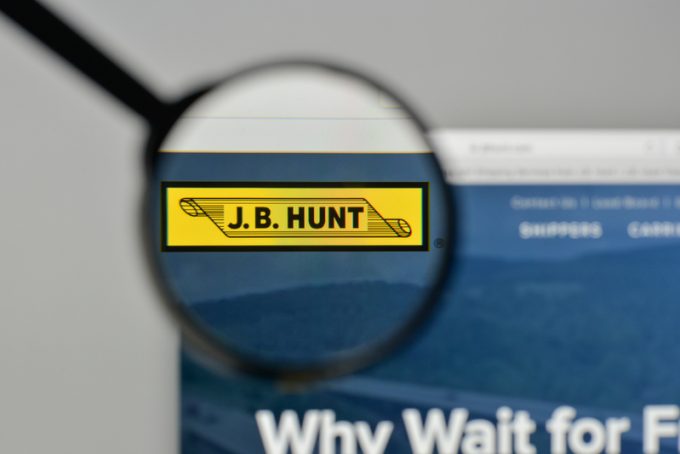News in Brief Podcast | Week 18 | Transpac chaos and Q1 earnings
In this episode of The Loadstar’s News in Brief Podcast, host and news reporter Charlotte Goldstone ...

JB Hunt saw second-quarter net earnings fall 9%, to $121.7m, on the back of operating revenue of $2.15bn, down 5% ? but it beat expectations.
Business unit-wise, the group saw a 2% volume decline in Intermodal, an 11% fall in Integrated Capacity Solutions and a 5% ...

Comment on this article